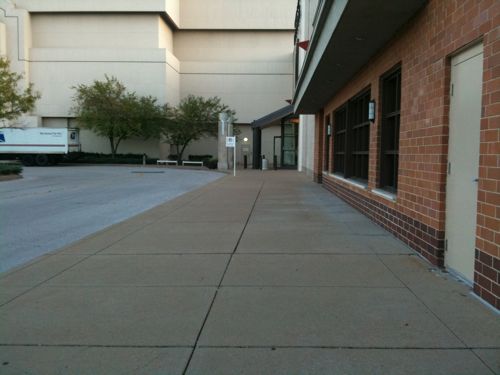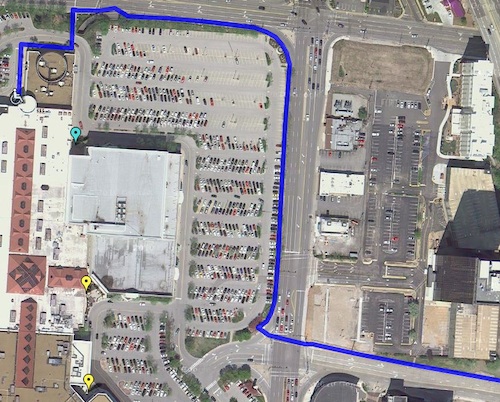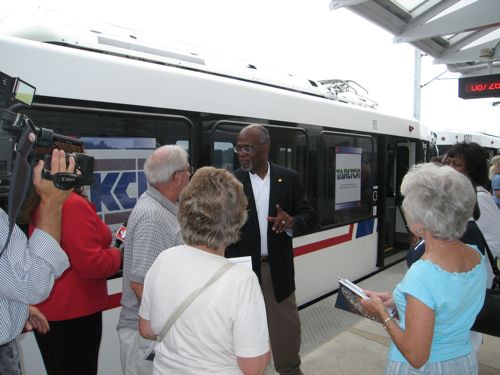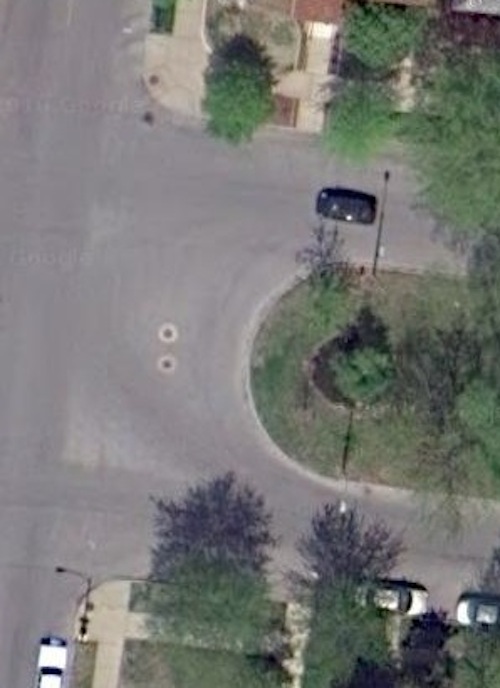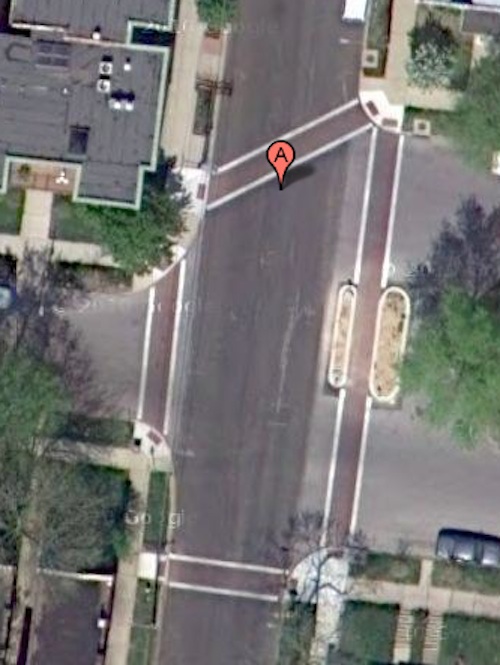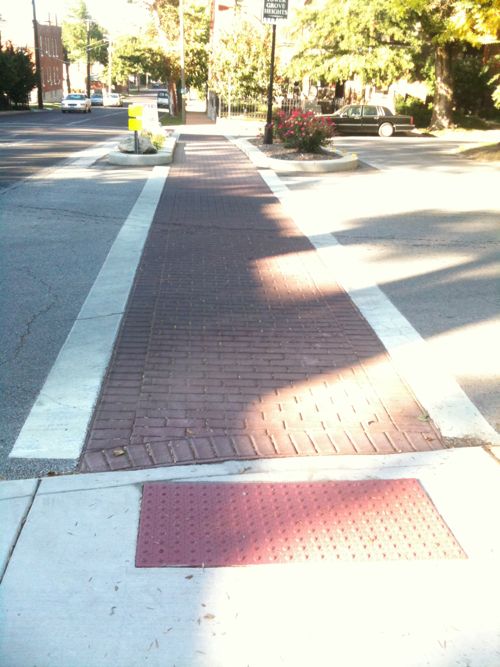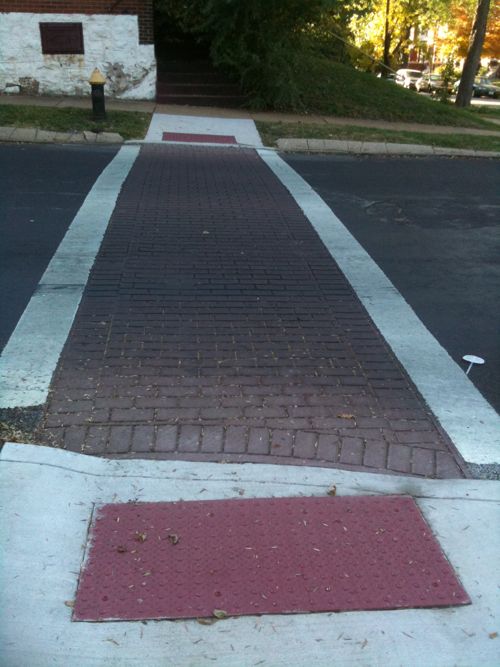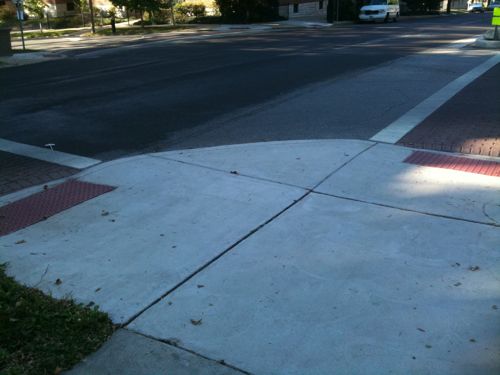Accessible Not The Same As Walkable
|
|
Walkability & accessibility are two subjects that are important to me. Ideally places would be both walkable & accessible, but that is rare. Â The minimum, for me, is accessible. Â But being accessible, ADA-compliant, isn’t remotely close to being walkable.

Walkable, in my mind, requires active tree-lined streets with generous sidewalks. Â In residential areas the buildings may be set back a bit from the sidewalk, but not too much. Â Someone on the sidewalk should be able to converse with someone on a front porch. Â Residential sidewalks should connect to a nearby commercial area no more than 1/4 mile away. Â The commercial district will have a variety of adjacent buildings all fronting onto the public sidewalk. Â Building fronts shall mostly be glass windows & doors, not blank walls. Â Public transit is available in walkable areas.
Accessible, in my mind, means a disabled person can navigate the area. Â This includes someone in a wheelchair as well as deaf or low vision/blind persons.
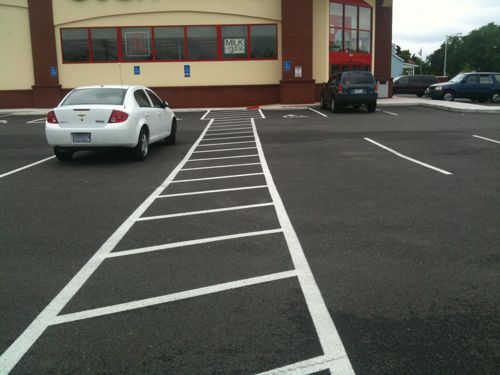

The CVS and Arby’s are both accessible but neither is walkable. Â Yes, someone can walk there along the accessible route but neither contributes to a walkable environment.
I reluctantly accept that not everyplace is going to be built walkable but I refuse to accept anyplace not being accessible from the public sidewalk adjacent to the property.

The Starbuck’s, above, closed after being open less than a year. Â It was drivable, but not walkable or accessible.
– Steve Patterson

